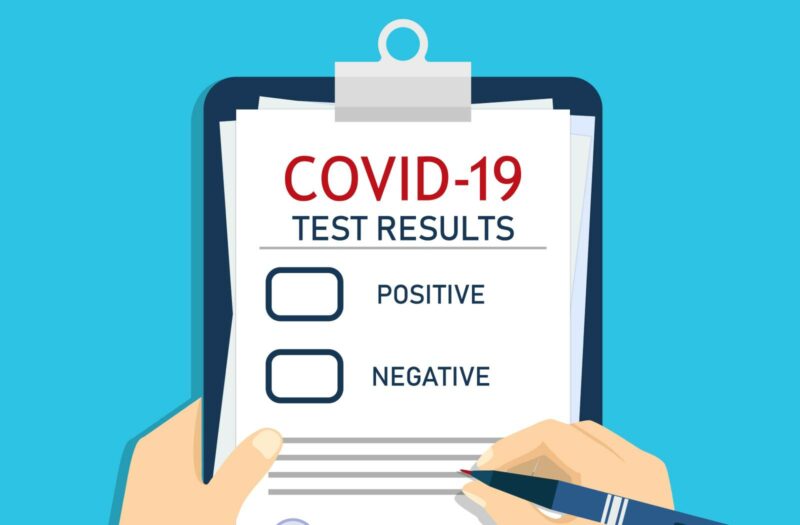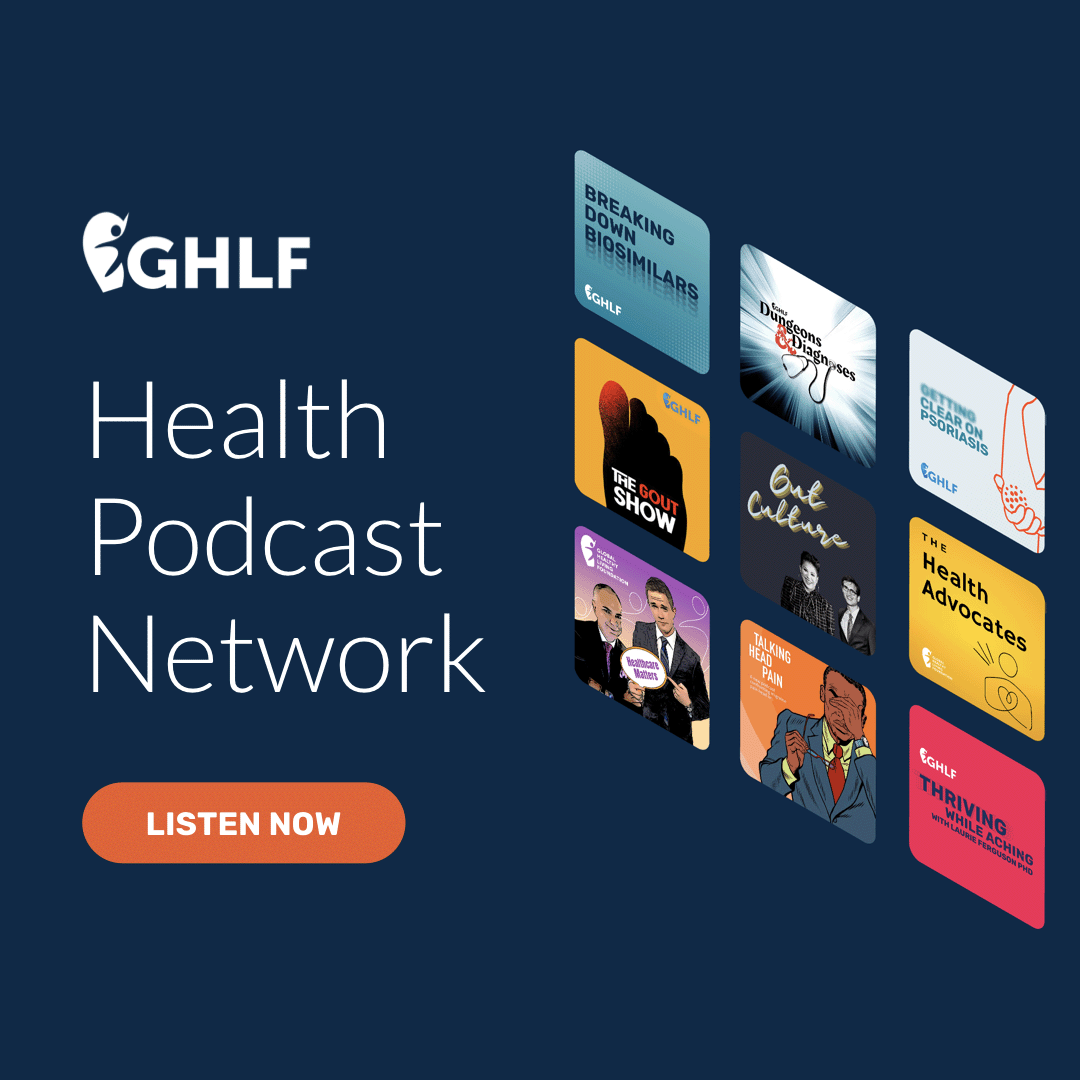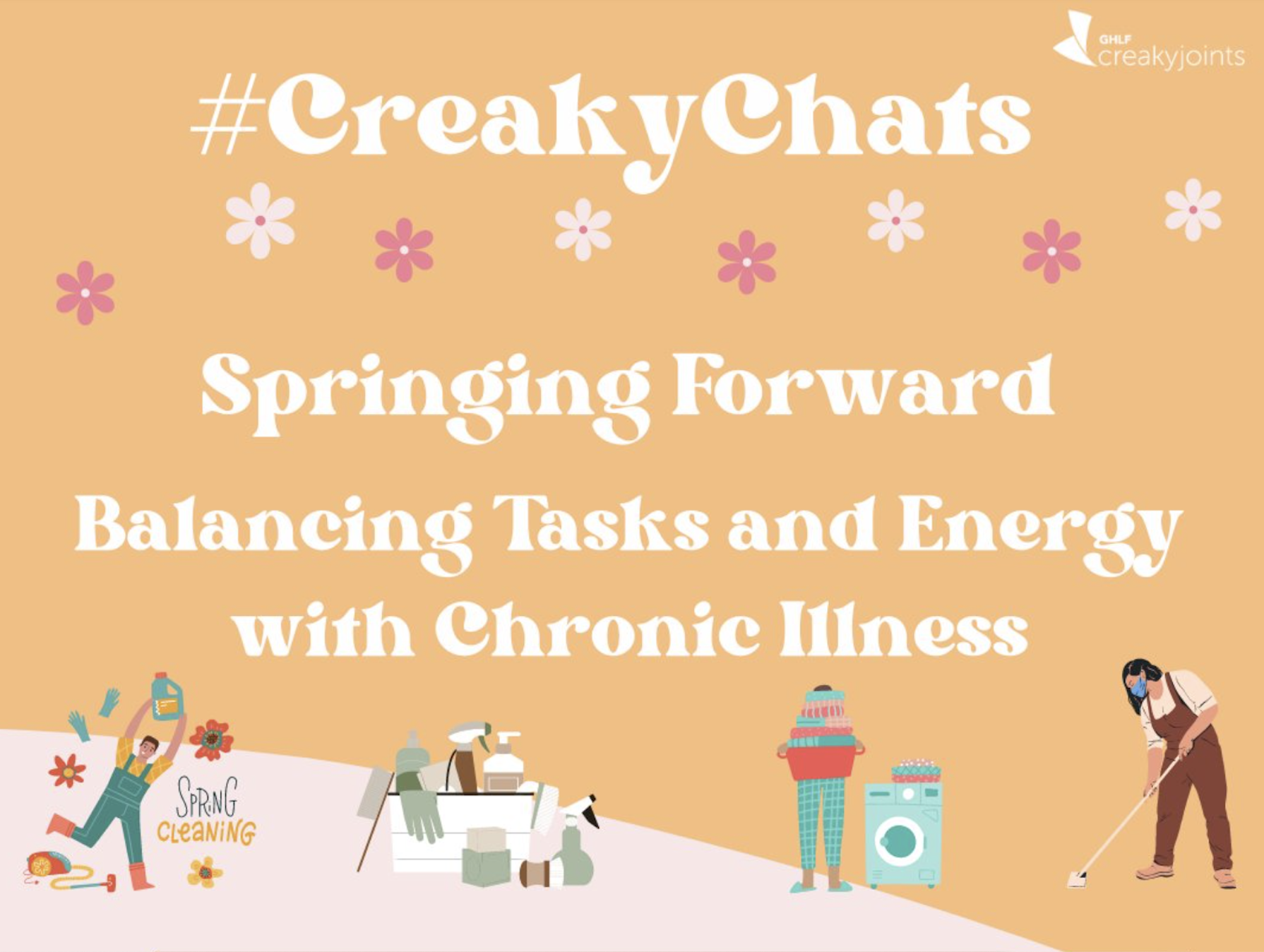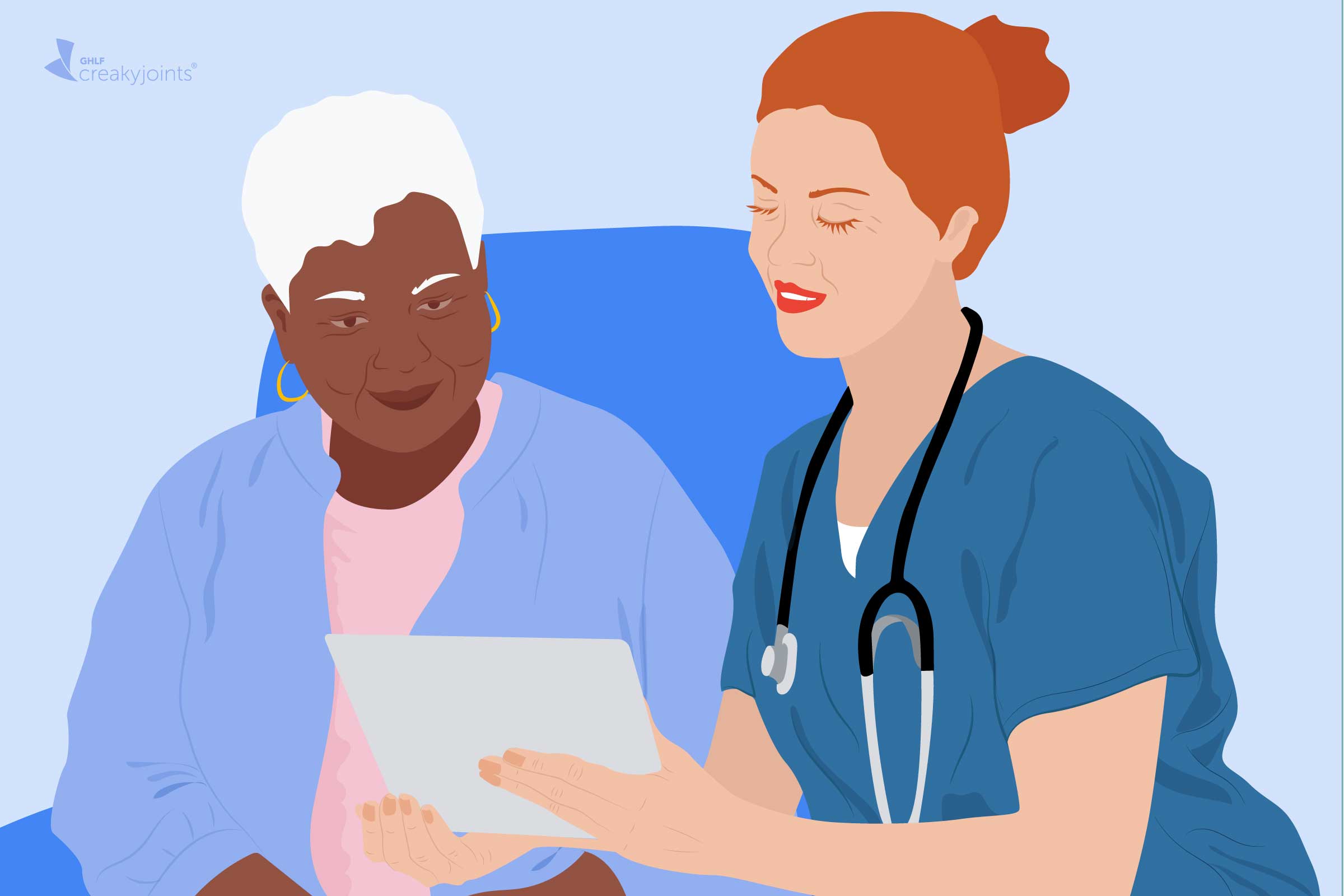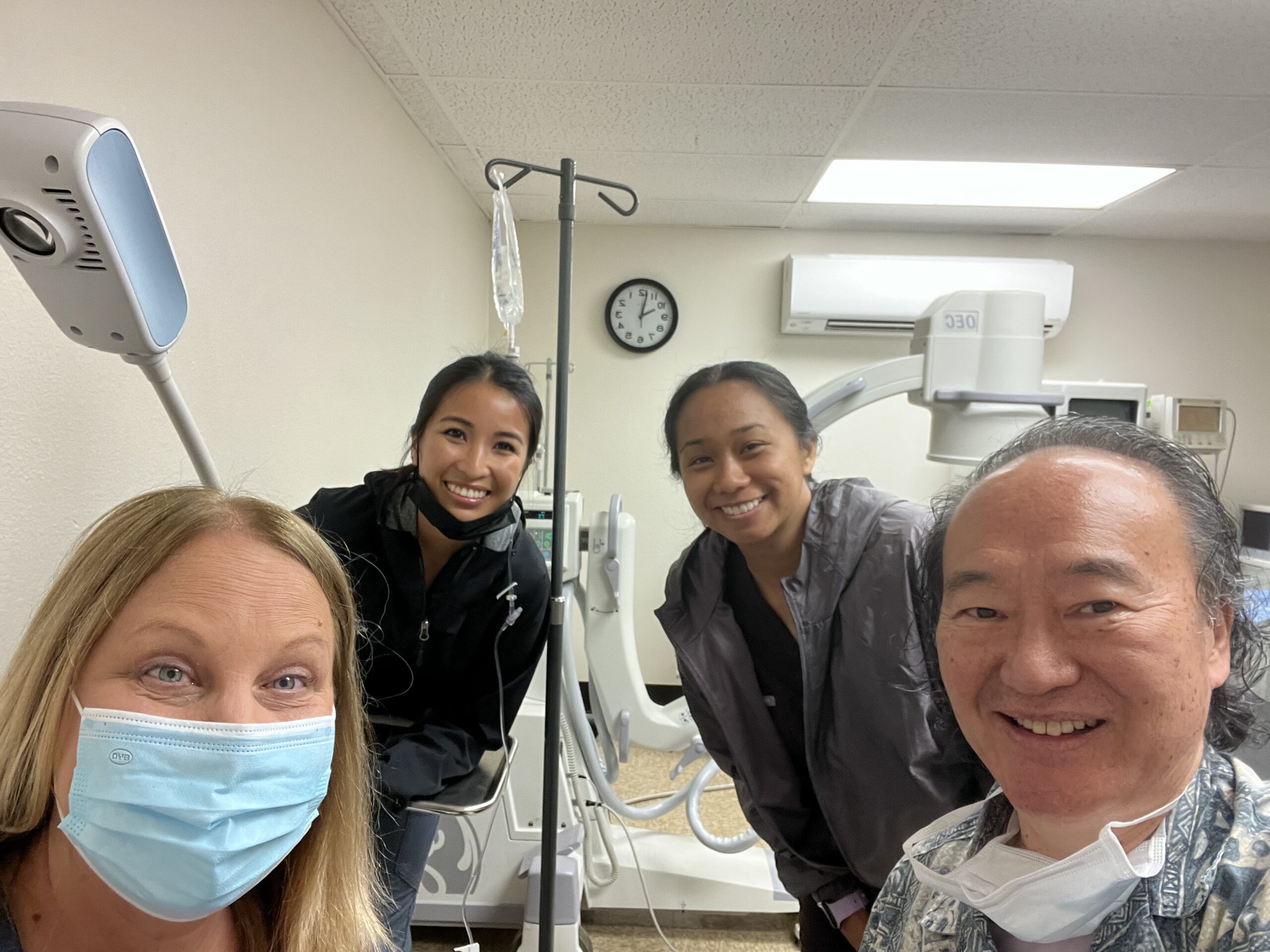Learn more about our FREE COVID-19 Patient Support Program for chronic illness patients and their loved ones.
This summer we’ve seen a rise in new highly transmissible variants from the Omicron lineage, including EG.5, BA.2.86, and FL1.5.1.
In August, EG.5 became the dominant variant in the United States and the World Health Organization classified it as a “variant of interest.” EG.5, nicknamed Eris, does not seem to cause more severe illness or symptoms, and diagnostic tests and treatments continue to be effective against it. Experts are closely watching the BA.2.86 variant, nicknamed Pirola, as it contains many mutations on the spike protein, per The New York Times.
As an immunocompromised or high-risk individual, new subvariants like these can bring with them an extra wave of concern — and understandably so. But fortunately, many of the same mitigation efforts you’ve followed all along still apply to keeping you safe, and there are also several additional steps you can take (like speaking to your doctor about COVID action plan).
Here are five reminders to keep in mind as you navigate the latest COVID-19 surge.
1. The 2023-2024 COVID Vaccine Is Now Available
The U.S. Food and Drug Administration (FDA) and the U.S. Centers for Disease Control and Prevention recently approved the 2023-2024 updated COVID vaccines. These are monovalent vaccines targeted at the Omicron variants of SARS-CoV-2. The CDC notes that people ages 12 years and older who are moderately or severely immunocompromised should receive at least one dose of the 2023-204 updated mRNA vaccine.
The CDC recommends for people who are moderately or severely immunocompromised:
- If you have not gotten any COVID-19 vaccines (not vaccinated), you should get 3 doses of updated COVID-19 vaccine.
- If you got 1 previous Pfizer-BioNTech or Moderna COVID-19 vaccine, you should get 2 doses of updated COVID-19.
- If you got 2 or more previous Pfizer-BioNTech and Moderna COVID-19 vaccines, you should get 1 updated COVID-19 vaccine.
On the other hand, only one booster is recommended for the general population, per the CDC.
Read more on what you need to know about the fall COVID vaccines and COVID trends. You can also go to vaccines.gov to find a vaccine near you and make an appointment.
2. There Are COVID-19 Drugs Available for the Immunocompromised
Once you’re fully vaccinated, remember there is an additional measure you can take to protect yourself that wasn’t available at the beginning of the pandemic.
While Evusheld, the long-acting monoclonal antibody to prevent COVID-19 before exposure in immunocompromised individuals is no longer authorized, there are still treatments available for post-infection.
You should discuss treatment options with your doctor ahead of any potential infection. This will help you spring into action and get fast-acting drugs to halt the virus replication in your body once you start experiencing symptoms.
For instance, the drug Paxlovid is meant to treat mild to moderate COVID-19 in adults and pediatric patients (age 12 and up) who have tested positive and are at high risk for progression to severe COVID-19, including hospitalization or death, per the U.S. Food & Drug Administration.
However, it needs to be taken within five days of symptom onset.
It is not authorized for patients who are already hospitalized, as a preventive measure before or after exposure to COVID-19, or for use longer than five days.
“One of the advantages of Paxlovid is that it’s pretty easy to take, and another advantage is that it works independently of the person’s immune system — in other words, it directly targets the virus,” David Aronoff, MD, Chair of the Department of Medicine at Indiana University School of Medicine, told us previously.
Here’s everything you need to know if you’re prescribed Paxlovid as an immunocompromised patient.
3. Certain Masks May Protect You More
You already know that masks can help protect you from contracting (or spreading) COVID-19, but the type of mask you use can make a big difference in your level of protection.
With more transmissible variants like Omicron, the CDC noted that well-fitting NIOSH-approved respirators (including N95s) offer the highest level of protection. On the other hand, loosely woven cloth products provide the least protection.
Omicron spreads three times faster and multiplies 70 times faster inside the respiratory tract tissue than the earlier variant, Delta (which was already more infectious than previous variants), per Hong Kong researchers, so it’s worth carefully considering how protective your face covering is.
Highly protective N95 respirators don’t need to break your budget, either. Here’s more on N95 masks for the immunocompromised or those at high risk for severe COVID-19.
Remember, even if it feels like the rest of the world is returning to a mask-free life, you’re part of a community that values mitigation efforts like this. In fact, thinking about what wearing a mask means to you can empower you to feel good about mask-wearing. And although we hope it never happens to you, here’s what to do if you receive negative remarks about your mask.
4. The Same Mitigation Measures Still Work
In addition to getting vaccinated and wearing a mask, the standard mitigation efforts still apply to preventing COVID-19 infection today, per the CDC:
- Stay six feet from other people in public if you’re not up-to-date on COVID-19 vaccines, especially if you’re at higher risk of getting very sick with COVID-19
- If possible, open windows and doors for fresh air when you’re indoors
- If you’re at high risk for getting very sick from COVID-19, avoid crowded places and indoor spaces that do not have fresh air from outdoors
- Wash your hands often with soap and water for at least 20 seconds, especially after you’ve been in a public place (if soap and water are not readily available, use a hand sanitizer with at least 60 percent alcohol)
- Clean high-touch surfaces regularly and after you have visitors in your home (think tables, doorknobs, light switches, toilets, etc.)
And of course, monitor your health daily and be alert for symptoms like fever, cough, and shortness of breath. Test right away if you have symptoms so you can formulate a treatment plan with your doctor — remember, you need to take drugs like Paxlovid within 5 days of symptom onset, and it may take a day or longer to get a prescription delivered to you.
5. Mental and Emotional Support Is As Important as Ever
If you are overwhelmed by the thought of another wave or more infectious variants like the Omicron subvariants, you’re not alone. Although you’ve lived through years of the pandemic, it doesn’t mean you’re immune to the stress it can cause — and you have every right to be concerned.
You may have a sense of being left behind as the rest of the world returns to normal activities, but connecting with other immunocompromised patients may help you feel less alone.
“As many people are becoming more relaxed, obviously immunocompromised patients don’t have that luxury,” clinical rheumatologist Magdalena Cadet, MD, Associate Attending Physician at NYU Langone Health in New York City, told us previously. “It’s important that these individuals still reach out to each other to provide that social and emotional support.”
There are several ways you can do so, such as joining a forum to express your concerns and feelings, taking mitigation efforts with other high-risk individuals, learning from others who are immunocompromised, staying active with others, and joining virtual activities together.
While you may feel alone, you’re certainly not — and there are many others experiencing the same things you are. Read more about how the immunocompromised can support each other during this stage of the pandemic.
Also be mindful of how you cope with the let-down of another COVID-19 variant or wave without feeling hopeless. A big part of this is acknowledging your feelings, rather than suppressing them.
“Own the uncertainty, unease, fear, and anxiety around not knowing the future,” Kim Gorgens, PhD, Clinical Professor and Director of Continuing Education at the Graduate School of Professional Psychology at the University of Denver, told us previously. “Be really vigilant to identify that and acknowledge it as part of the experience.”
Of course, accepting your fears and showing yourself self-compassion is different from sinking into negativity or adapting a “worst-case scenario” mindset.
“Be wary of things like cynicism — this is where your peer network and family can be really helpful to call you out on that stuff,” said Dr. Gorgens. “You’ve got to have each other’s backs, find your allies, and use them to your advantage.”
Stay connected with friends and family, make time for a hobby that distracts you, and be mindful of your news consumption. Little steps like these can make a big difference in how you feel during COVID-19 surges like this one.
Get Free Coronavirus Support for Chronic Illness Patients
Join the Global Healthy Living Foundation’s free COVID-19 Support Program for chronic illness patients and their families. We will be providing updated information, community support, and other resources tailored specifically to your health and safety. Join now.
Centers for Disease Control and Prevention. ACIP Presentation Slides. September 12, 2023. https://www.cdc.gov/vaccines/acip/meetings/slides-2023-09-12.html.
Covid Rises Across U.S. Amid Muted Warnings and Murky Data. The New York Times. July 18, 2022. https://www.nytimes.com/2022/07/18/us/covid-us-outlook.html.
COVID-19 Vaccines for People who are Moderately or Severely Immunocompromised. COVID-19. U.S. Centers for Disease Control and Prevention. July 20, 2022. https://www.cdc.gov/coronavirus/2019-ncov/vaccines/recommendations/immuno.html.
COVID-19 Vaccine Boosters. COVID-19. U.S. Centers for Disease Control and Prevention. July 20, 2022. https://www.cdc.gov/coronavirus/2019-ncov/vaccines/booster-shot.html.
Coronavirus (COVID-19) Update: FDA Authorizes New Long-Acting Monoclonal Antibodies for Pre-exposure Prevention of COVID-19 in Certain Individuals. U.S. Food & Drug Administration. December 8, 2021. https://www.fda.gov/news-events/press-announcements/coronavirus-covid-19-update-fda-authorizes-new-long-acting-monoclonal-antibodies-pre-exposure.
HKUMed finds Omicron SARS-CoV-2 can infect faster and better than Delta in human bronchus but with less severe infection in lung. HKUMed. December 15, 2021. https://www.med.hku.hk/en/news/press/20211215-omicron-sars-cov-2-infection.
How to Protect Yourself & Others. COVID-19. U.S. Centers for Disease Control and Prevention. February 25, 2022. https://www.cdc.gov/coronavirus/2019-ncov/prevent-getting-sick/prevention.html.
Interview with David Aronoff, MD, Chair of the Department of Medicine at Indiana University School of Medicine.
Interview with clinical rheumatologist Magdalena Cadet, MD, Associate Attending Physician at NYU Langone Health in New York City
Interview with Kim Gorgens, PhD, Clinical Professor and Director of Continuing Education at the Graduate School of Professional Psychology at the University of Denver
Smith, D. What to Know About the New COVID Variants. The New York Times. September 2023. https://www.nytimes.com/article/covid-varianthtml.
Types of Masks and Respirators. COVID-19. U.S. Centers for Disease Control and Prevention. January 28, 2022. https://www.cdc.gov/coronavirus/2019-ncov/prevent-getting-sick/types-of-masks.html.

